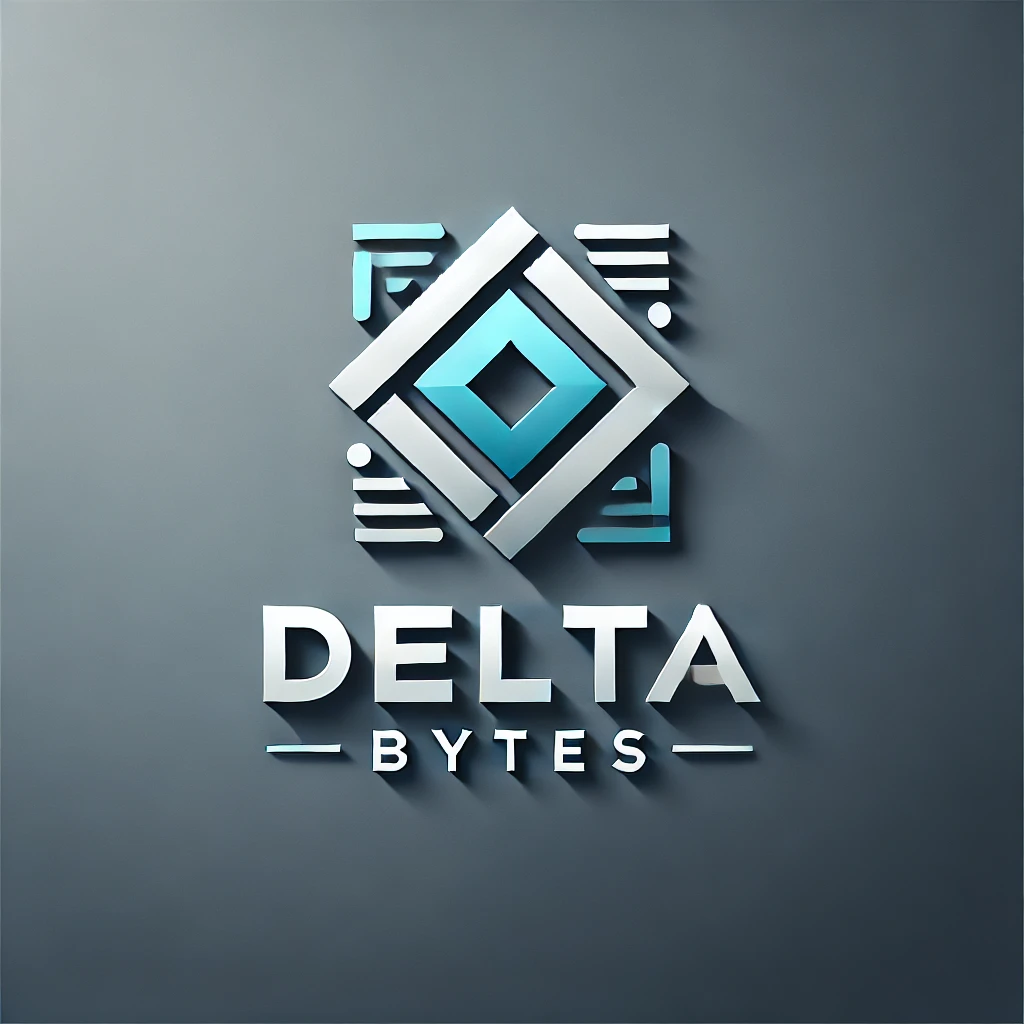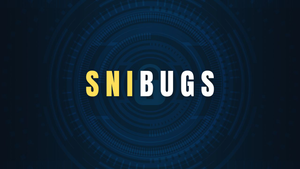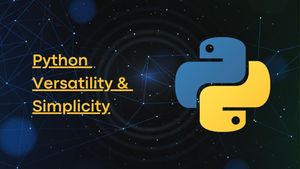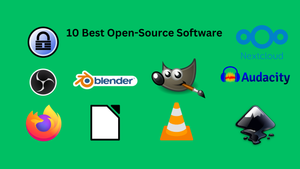
10 Best Open-Source Software Everyone Must Have
Open-source software has revolutionized the way we work, collaborate, and innovate. Unlike proprietary software, open-source tools allow users to view, modify, and distribute their code. This transparency and flexibility have made open-source software a favorite among developers, businesses, and enthusiasts worldwide. Whether you’re a beginner exploring new tools, an enthusiast experimenting with technologies, or a professional looking for cost-effective solutions, here are 10 must-have open-source software options you should consider.
1. LibreOffice
Category: Office Suite
LibreOffice is a powerful and versatile office suite that serves as a free alternative to Microsoft Office. It includes tools for word processing, spreadsheets, presentations, and more.
Detailed Explanation: LibreOffice comprises six main applications: Writer (word processor), Calc (spreadsheet), Impress (presentations), Draw (vector graphics), Base (database management), and Math (formula editing). Its modular nature ensures users have access to robust features tailored to their specific needs. The software’s compatibility with Microsoft file formats makes it an excellent choice for those transitioning from paid tools.
Pros:
- Completely free and open-source.
- Supports a wide range of file formats.
- Highly customizable with extensions.
Cons:
- Interface can feel dated compared to competitors.
- Some advanced features may have a learning curve.
Download: LibreOffice Official Website
2. GIMP (GNU Image Manipulation Program)
Category: Image Editing
GIMP is a professional-grade image editor ideal for graphic designers, photographers, and digital artists.
Detailed Explanation: GIMP offers an extensive array of tools for tasks such as photo retouching, image composition, and graphic design. Its open-source nature allows users to customize its functionality with plugins, scripts, and a highly adaptable interface. Whether you’re editing basic photos or creating complex digital art, GIMP has you covered.
Pros:
- Powerful editing tools comparable to Photoshop.
- Lightweight and efficient.
- Extensive community support and resources.
Cons:
- Lacks some advanced features found in premium tools.
- Interface may seem unintuitive to new users.
Download: GIMP Official Website
3. VLC Media Player
Category: Media Player
VLC is a highly versatile media player that can play virtually any audio or video format without the need for additional codecs.
Detailed Explanation: VLC is renowned for its simplicity and reliability. It supports a wide variety of formats, including obscure ones that other players often overlook. Features such as streaming, subtitle synchronization, and advanced playback controls make VLC a comprehensive solution for all your media needs.
Pros:
- Supports almost every media format.
- Lightweight and fast.
- Open-source with no ads or tracking.
Cons:
- Interface is functional but not visually modern.
- Some advanced features require technical knowledge.
Download: VLC Official Website
4. Audacity
Category: Audio Editing
Audacity is a feature-rich audio editor used for recording, editing, and mixing audio tracks.
Detailed Explanation: Audacity provides a comprehensive suite of tools for manipulating audio files. Its multi-track editing capabilities and support for various formats make it an excellent choice for podcasters, musicians, and sound engineers. The availability of open-source plugins extends its functionality, allowing users to tailor it to their specific requirements.
Pros:
- Intuitive and user-friendly interface.
- Extensive effects and editing tools.
- Regular updates and community-driven improvements.
Cons:
- Limited MIDI support.
- Interface lacks polish compared to professional-grade software.
Download: Audacity Official Website
5. Blender
Category: 3D Creation Suite
Blender is a leading open-source software for creating 3D models, animations, and visual effects.
Detailed Explanation: Blender is a powerhouse in the 3D modeling industry. From designing simple objects to creating complex animations and visual effects, Blender’s robust feature set caters to all skill levels. Its rendering engines, Cycles and Eevee, provide realistic and fast rendering options.
Pros:
- Comprehensive tools for modeling, rigging, and animation.
- Suitable for professional use in film and gaming.
- Large, active community and extensive documentation.
Cons:
- Steep learning curve for beginners.
- Requires significant computing power for complex projects.
Download: Blender Official Website
6. Mozilla Firefox
Category: Web Browser
Firefox is a privacy-focused web browser known for its speed and customization capabilities.
Detailed Explanation: Firefox stands out for its commitment to user privacy and open web standards. With features like Enhanced Tracking Protection and customizable extensions, it’s an excellent choice for those seeking a secure browsing experience.
Pros:
- Strong emphasis on privacy and security.
- Highly customizable interface.
- Regular updates and performance improvements.
Cons:
- Uses more memory compared to some competitors.
- Slightly slower startup times.
Download: Firefox Official Website
7. Nextcloud
Category: Cloud Storage and Collaboration
Nextcloud is a private cloud solution offering secure file sharing and collaboration tools.
Detailed Explanation: Nextcloud provides an open-source alternative to services like Google Drive and Dropbox. Users can self-host their data, ensuring complete control over their privacy. Its extensive app ecosystem includes features for video calls, document editing, and task management.
Pros:
- Complete control over your data.
- Extensive integration options.
- Scalable for personal or enterprise use.
Cons:
- Requires technical expertise for setup.
- Limited functionality without additional apps.
Download: Nextcloud Official Website
8. OBS Studio
Category: Streaming and Screen Recording
OBS Studio is an industry-standard tool for live streaming and video recording.
Detailed Explanation: OBS Studio offers powerful features for content creators. Its customizable scenes, transitions, and support for multiple inputs make it a go-to choice for live streaming on platforms like Twitch and YouTube. The software is entirely free with no hidden paywalls.
Pros:
- Professional-grade streaming capabilities.
- Open-source and highly customizable.
- Active community support.
Cons:
- Steep learning curve for new users.
- Can be resource-intensive.
Download: OBS Studio Official Website
9. KeePass
Category: Password Management
KeePass is a secure password manager that helps you store and manage your credentials.
Detailed Explanation: KeePass stores passwords in an encrypted database, ensuring your sensitive information remains secure. Its portable nature allows you to use it on multiple devices without needing installation. Plugins further extend its functionality.
Pros:
- Strong encryption for password storage.
- Lightweight and portable.
- Free and open-source.
Cons:
- Outdated interface design.
- Requires manual syncing between devices.
Download: KeePass Official Website
10. Inkscape
Category: Vector Graphics Editor
Inkscape is a professional tool for creating scalable vector graphics, making it ideal for illustrators and designers.
Detailed Explanation: Inkscape is widely used for creating logos, illustrations, and web graphics. Its robust feature set includes path editing, node manipulation, and support for advanced SVG features. It’s an excellent alternative to Adobe Illustrator for those looking for a free option.
Pros:
- Intuitive interface with powerful tools.
- Supports various file formats, including SVG and PDF.
- Completely free with no restrictions.
Cons:
- Performance can lag with complex projects.
- Limited support for advanced print workflows.
Download: Inkscape Official Website
Conclusion
The open-source ecosystem provides a treasure trove of tools that are both free and powerful. From office productivity to advanced media creation, the software listed above caters to a wide range of needs. By adopting open-source solutions, you not only save costs but also contribute to a community that thrives on collaboration and innovation.
Explore these tools, and you’ll discover a world of possibilities. Let us know in the comments which tools you already use or plan to try out!















Comments